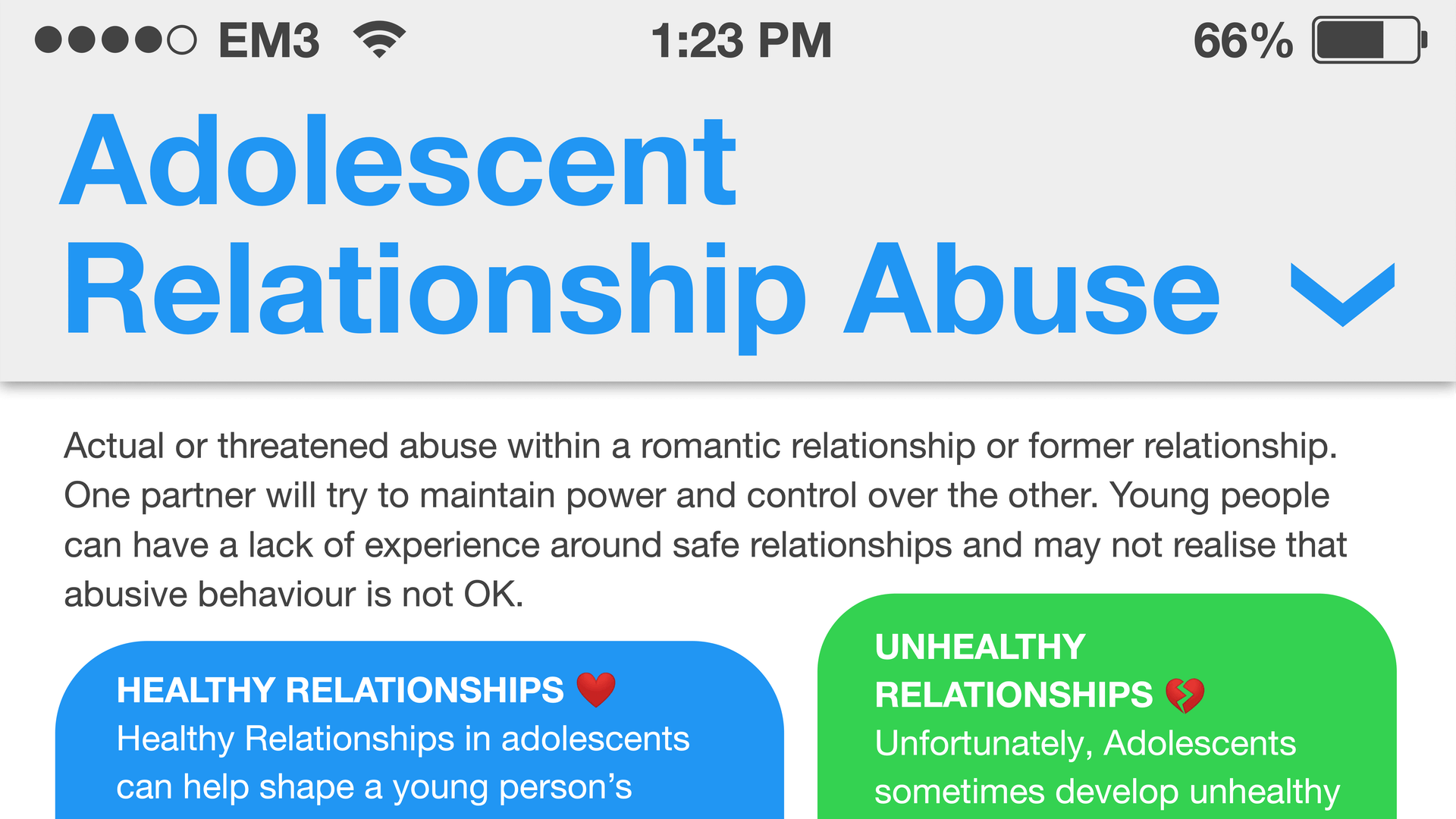Lightning Learning: Domestic Abuse
STOP!
Any incident or pattern of incidents of controlling, coercive or threatening behaviour, violence or abuse between those aged 16+ who are (or have been) intimate partners or family members regardless of gender or sexuality. Domestic violence is common.
Types of domestic abuse
Psychological abuse
Physical abuse
Sexual abuse
Financial abuse
Emotional abuse
Female genital mutilation
Honour-based violence
LOOK
How do I spot it?
Look for a pattern in attendances:
Soft tissue injuries > once a year
Escalating pattern of injury
When asking “what happened?” seek further details:
Same history-taking techniques that applies to NAI in kids.
e.g. “What made you fall over?”
Patients who are covering up are vague
Patients may start looking uncomfortable/diverting gaze etc.
At this point you need to ask about DV.
How do I ask about it?
Generalise (depersonalise)
Say “This is a routine question for us.”
Use matter-of-fact/non-emotional body language.
e.g. “Here in the emergency department, it is very common for us to see women hurt by someone else. I’m just checking if that might have happened to you?”
LEARN
How do I deal with a disclosure of domestic abuse?
IT’S OKAY (don’t panic!)
If the patient starts telling you facts:
- Listen, don’t interrupt, be sympathetic
- then… go tell a senior ED doctor or nurse
Your primarily response should be reassuring;
e.g. “You are not alone and it’s not your fault.”
Promote the understanding that everyone has the right to a life free from abuse in any form.
What happens next?
- Complete a DASH RIC (usually found on ED intranet) and give to a senior nurse.
- Document in the notes.
- Refer to the Adults safeguarding team.
- If there are children in the household then refer to the Children's safeguarding team.
- Refer to HIDVA/mental health triage team if indicated.
- Admit to Emergency Decisions Unit (EDU).







